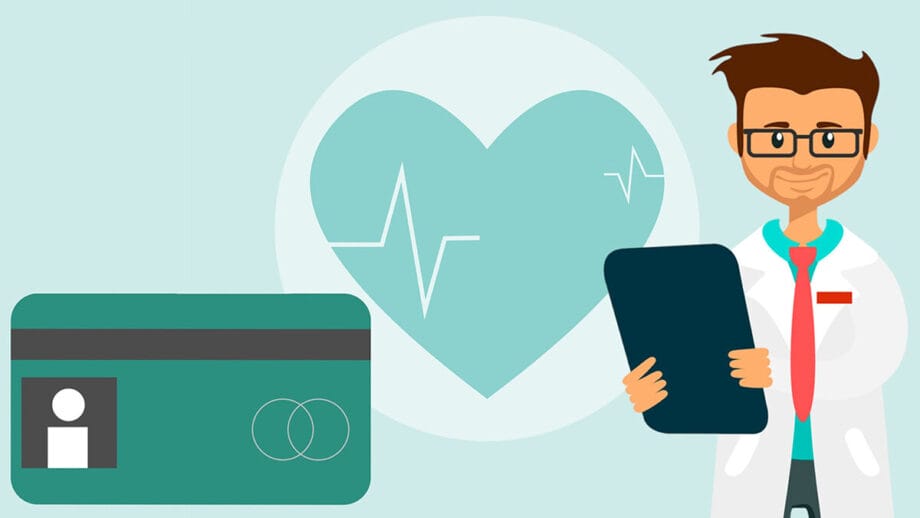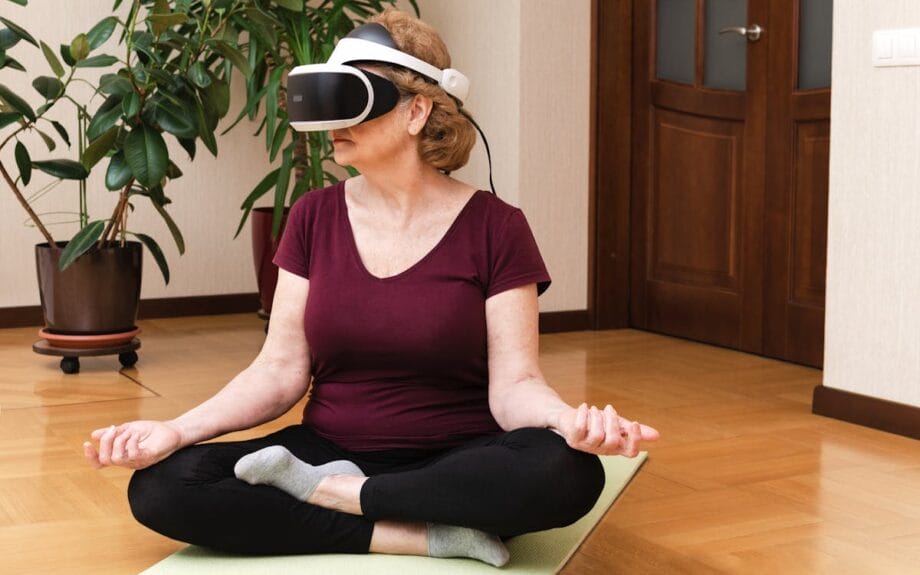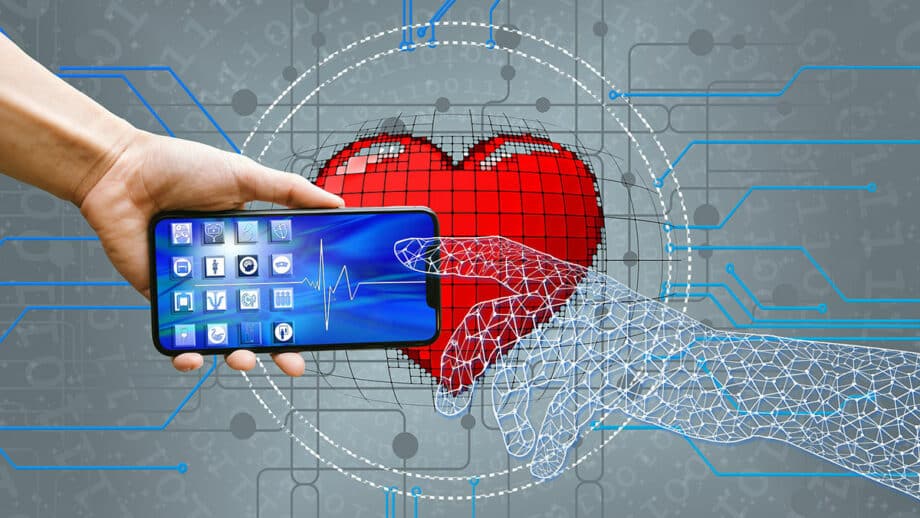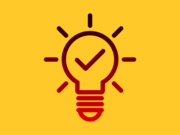A few months ago, I had one of those “Whoa, this is the future” moments. A friend of mine, who lives in a small town with no major hospitals nearby, had a minor heart scare. Within minutes, her smartwatch flagged an irregular heartbeat. She got on a video call with her doctor, shared the data from her device, and had meds delivered to her door all the same day.
That’s not science fiction. That’s 2025.
The health world is changing fast. And it’s not just about hospitals or doctors, it’s about what tech entrepreneurs, app developers, and digital thinkers are doing behind the scenes. If you’re building things for the web, for mobile, or for data pipelines, healthcare needs you. Badly.
So, if you’re curious about where all this is going, or wondering how your skills fit in, let’s talk about what digital health trends are shaping the future – and how tech innovators are part of that story.
Wearables: From Fitness Toy to Lifeline

I still remember the first time I used Fitbit. It counted steps, gave me badges, and that was about it. Fast forward to now, and my wearable can track sleep stages, stress levels, oxygen saturation, and flag heart rhythm problems I didn’t even know existed. Wild, right?
But wearables are no longer just “health-conscious accessories” – they’re integral to how we manage chronic conditions, monitor recovery, and even prevent emergencies.
For startups and devs, this opens the door to:
- Smart dashboards for clinicians using this data.
- Personalized wellness apps that recommend lifestyle tweaks.
- Tools that integrate wearable data into existing patient records.
You don’t have to invent the next Apple Watch. But building what sits on top of it – that’s where the real opportunity lies.
Remote Monitoring: Healthcare Without the Clinic
Picture this: someone with COPD living alone in a rural area. In the past, they’d have to make long, exhausting trips for checkups. Now, with a couple of smart sensors and a decent Wi-Fi connection, their doctor can monitor their condition from miles away – and step in early if something’s off.
That’s the power of Remote Patient Monitoring (RPM).
It’s not about replacing doctors. It’s about giving them a better, more continuous insight into what’s going on between visits.

For tech folks, this is fertile ground:
- Apps that filter signal from noise (so clinicians aren’t drowning in alerts).
- Secure, lightweight platforms for home health monitoring.
- Interfaces that even a 78-year-old with no tech experience can navigate.
The Big Picture is Bigger than You Think
Now, just in case you’re thinking, “Is this actually a thing or just a few startups?” – I ran into some numbers recently that made me stop and stare.
I came across a report by Roots Analysis that really put things into perspective. According to them, the global digital healthcare market was worth around USD 302.35 billion in 2024. That’s big. But it’s projected to reach USD 354.57 billion in 2025 – and a staggering USD 1,628.13 billion by 2035. That’s a CAGR of 16.5%.
In plain terms? This sector is exploding.
Virtual Care: From COVID Necessity to Everyday Expectation
Let’s be honest, most of us only tried telehealth because we were forced to during COVID. But it turns out, we kind of liked it. Booking an appointment, skipping traffic, getting advice in your pajamas… yeah, not bad.
Now it’s not just GPs offering this. Mental health platforms, dermatologists, and even rehab centers are moving online.

And guess what? They need tech help to:
- Handle virtual queues and live chat.
- Build HIPAA-compliant video call systems.
- Create mobile-first platforms that just work.
Also, no one wants a clunky, form-heavy interface when they’re anxious or in pain. Smooth, empathetic design matters here.
AI’s Role? It’s Quietly Getting Real
I’m not talking about “robots replacing doctors.” That’s clickbait. What’s happening is way more interesting.
AI is being used to:
- Flag anomalies in radiology scans.
- Help triage patients in high-volume ERs.
- Spot patterns in patient history that even the best clinicians might miss.
Tech already exists. What’s missing are the clean, accessible tools that wrap it up nicely and get it into the hands of people who need it. That’s where savvy engineers and product thinkers come in.
If you’ve got experience in machine learning, data science, or even just good product UX, this space is practically begging for you.
Real Talk: The Systems Still Don’t Talk to Each Other

Let me rant for a second.
Why is it that when you go from one hospital to another, they still make you fill out the same 5 forms by hand? Didn’t we solve this 15 years ago?
Turns out, the healthcare world is a mess of fragmented systems, incompatible file types, and walled-off data silos. Interoperability is still a massive problem.
So, if you’re someone who loves writing APIs, creating integrations, or connecting dots across platforms, you could be the hero here.
This isn’t sexy work. But it’s important. And it’s exactly what the system needs.
Let’s Not Forget: Privacy isn’t Optional
If you’re building something in this space, you’ll be dealing with sensitive data – very sensitive. Medical history, diagnosis notes, therapy sessions, all of it. That means privacy and compliance aren’t nice-to-haves – they’re core features.
Some ground rules:
- Make HIPAA and GDPR part of your design process, not an afterthought.
- Let users see, export, or delete their data easily.
- Use clear language in your privacy policies. No legalese maze, please.
Trust is everything in healthcare. You screw that up, you’re done.

A Quick Word on Mental Health
If there’s one space in digital health that’s seen a quiet revolution, it’s mental health.
Apps like Headspace, BetterHelp, and MindDoc aren’t just trendy, they’ve become lifelines for people. Especially for those who can’t or won’t go to in-person therapy.
And here’s the kicker: There’s still room for innovation. Massive room.
Maybe it’s a chatbot that listens to. Or a journaling app with AI-guided prompts. Or culturally specific support groups in local languages. Mental health is nuanced. There’s space for tools that reflect that.
So, What Can You Do?
Here’s the bottom line: You don’t need to invent the next big hardware breakthrough to play in this space. If you can:
- Making things easier to use.
- Reduce data noise.
- Improve access.
- Connect systems.
- Or just write better onboarding flows.
…you’re already contributing something valuable.
Build what helps. Solve one problem well. And then expand from there.
One Last Thought

The intersection of tech and healthcare isn’t hype – it’s a growing necessity. And the people best positioned to make an impact are those who combine empathy with engineering, creativity with compliance.
So, if you’re in tech and looking for your next big thing? Maybe it’s not just another SaaS tool.
Maybe it’s something that keeps your friend out of the ER. Or gives someone peace of mind when they get a weird heart rate notification. Or helping a doctor sleep a little easier because their patients are safer.
That’s the real impact.
And in digital health, it’s just getting started.






